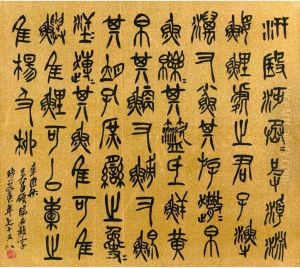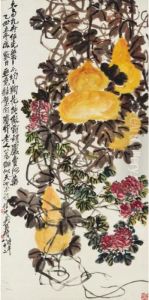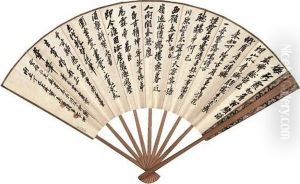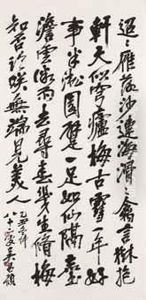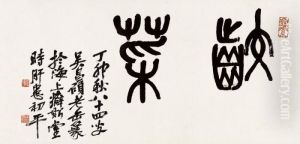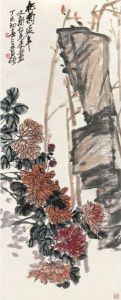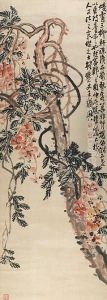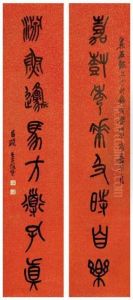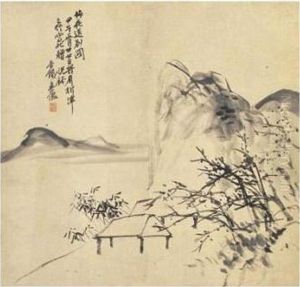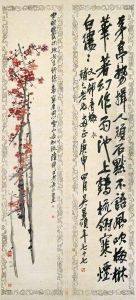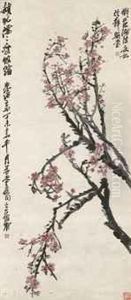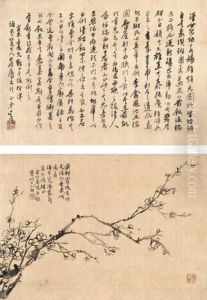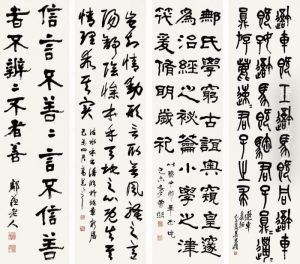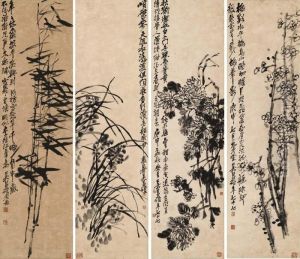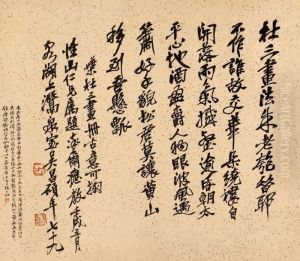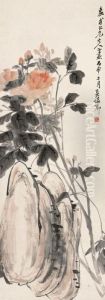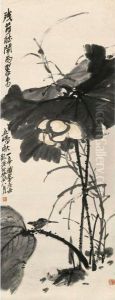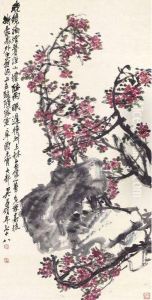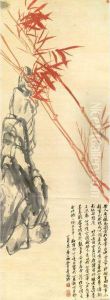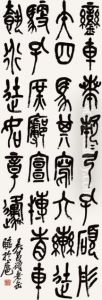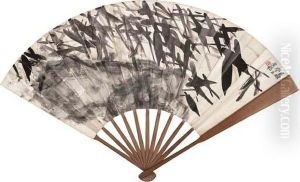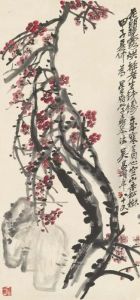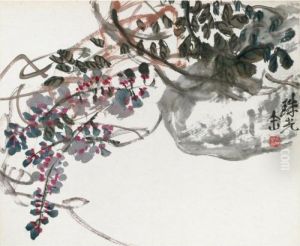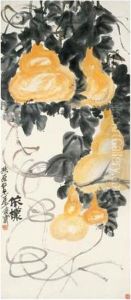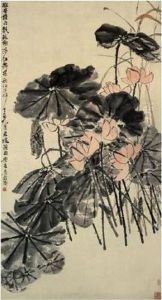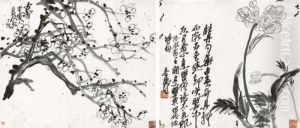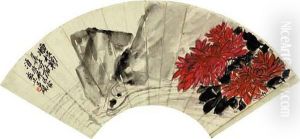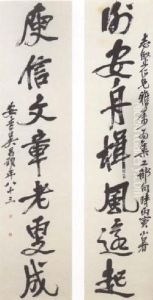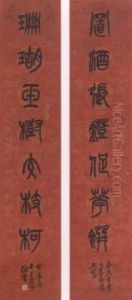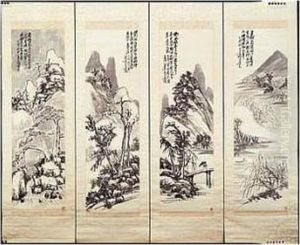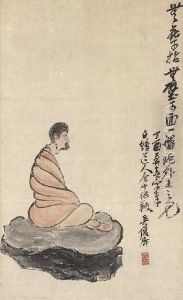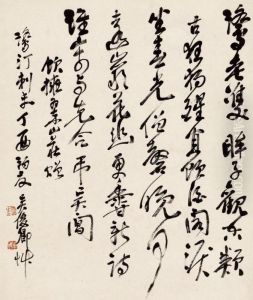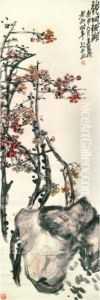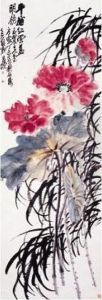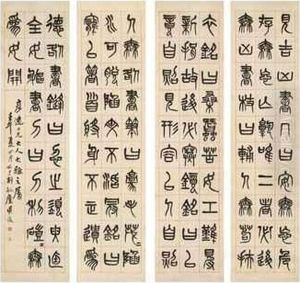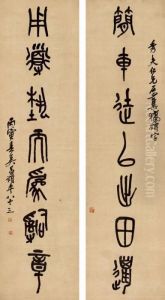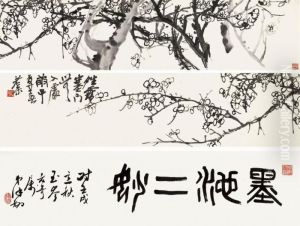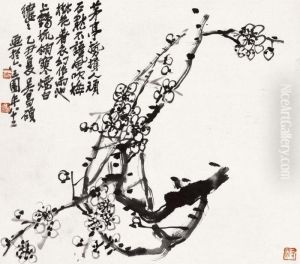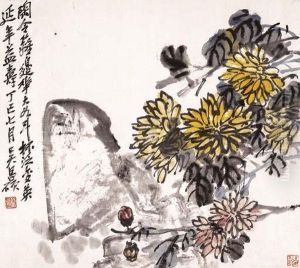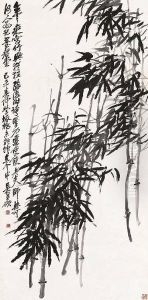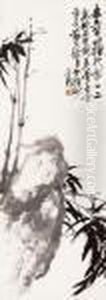Wu Changshuo Paintings
Wu Changshuo was a prominent Chinese painter, poet, and calligrapher, born in 1844 in Zhejiang Province. He was initially named Wu Junqing but later changed his name to Changshuo. Wu's artistic journey began in the literary field, but he is most celebrated for his revolutionary contributions to the art of painting and calligraphy. His early education was grounded in classical Chinese literature and Confucian texts, which deeply influenced his poetic and artistic style.
In his early years, Wu Changshuo focused on calligraphy and poetry, drawing inspiration from ancient Chinese masters. However, it was his transition to painting in his later years that marked a significant turning point in his career. Wu's paintings often featured flowers, rocks, and landscapes, subjects he imbued with a vibrant and dynamic energy that was somewhat divergent from the traditional, more reserved styles of his predecessors. His bold use of color and innovative brushwork infused traditional Chinese subjects with new life, making his work highly distinctive.
Wu Changshuo's contributions to the art of seal carving were also profound. He is credited with revitalizing this art form, blending calligraphy and painting techniques to create seals that were works of art in their own right. His approach to seal carving influenced subsequent generations of artists, making him a pivotal figure in the development of modern Chinese art.
Throughout his life, Wu Changshuo held various official and scholarly positions, which allowed him to travel and interact with leading intellectuals and artists of his time. These encounters enriched his artistic vision and enabled him to play a crucial role in the late Qing Dynasty's cultural sphere. Despite the political upheavals of his time, including the collapse of the Qing Dynasty and the establishment of the Republic of China, Wu's art remained a beacon of cultural continuity and innovation.
Wu Changshuo passed away in 1927, leaving behind a legacy that has had a lasting impact on Chinese art. His works are celebrated for their originality and for the way they bridge the gap between traditional Chinese aesthetics and the emerging styles of the early 20th century. Today, Wu Changshuo is remembered not only as a master artist but also as a symbol of the resilience and enduring charm of Chinese culture.
